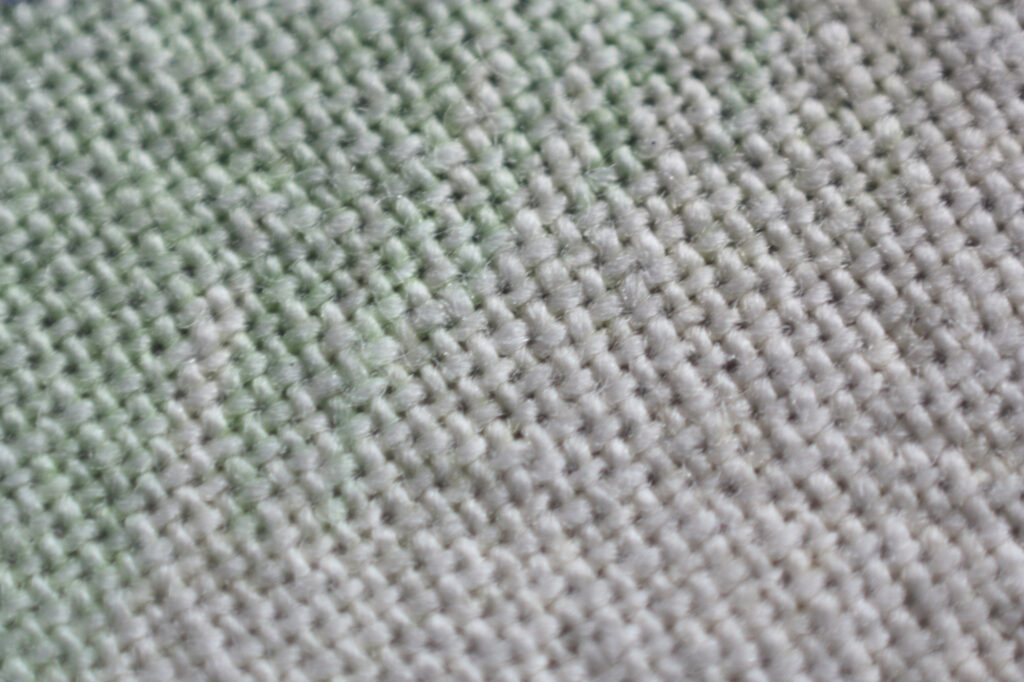100% purified cotton nonwoven fabrics can be produced using many manufacturing platforms: they can be hydroentangled (spunlaced), needlepunched, and chemical bonded to form 100% cotton fabrics. In fact, there are many applications where these fabrics can be used in products like wipes and diapers, as well as medical and feminine hygiene products, too. However, there are some nonwoven processes—and fabric requirements—that demand cotton be blended with other fibers.
Creating the Best Possible Fiber Webs
For certain desired fabric properties, cotton can be blended with other fibers to enhance the fabric’s performance. For example, purified cotton can be blended with any other natural or synthetic staple fibers. To produce the best blended fiber webs, the other fibers should be close to the diameter and length of cotton (1.5 to 2.5 denier and 1.5- to 2-inch staple length provide very good, even fiber blends). Blending cotton with other fibers can yield fabric properties that cotton itself can’t deliver. In one case—thermal bonding—cotton must be blended with other fibers.
Higher Fabric Strength Through Thermal Bonding
Thermal bonding requires fibers to melt to produce a fabric. In this process, the fibers are heated and the fiber melts; then, when they cool, the fibers re-harden and the locations where the fibers intersect are “welded” together to provide fabric strength. Heat can be applied by heated rolls (calendering – point bonding), oven (through-air bonding), or ultrasonic energy. Cotton does not melt, so it must be blended with a thermoplastic fiber that will melt to provide fabric strength. Often polyethylene, polypropylene, or polyester fibers are used to blend with cotton to produce thermally bonded nonwovens. The higher the cotton content, the weaker the fabric becomes. Why? Because there are fewer bonding points where two melting fibers are in contact with each other.
Blending with Longer and Stronger Fibers
Other fibers can be blended with cotton to produce webs that can be bonded by needlepunching, hydroentangling, and chemical bonding. Stronger fabrics are related to stronger fibers, longer fibers, and/or heavier fabric weights. If one desires to have higher strength fabric, but hopes to keep the fabric weight the same, then replacing some of the cotton fibers with longer and stronger fibers will accomplish that goal. While cotton fibers are considered medium strength in the fiber world, there are many other fibers that are stronger than cotton (i.e., polyester, nylon, etc.) so replacing some cotton with stronger fibers in a blend will produce stronger fabrics. Cotton has a maximum length of 1.5 inches, but manmade fibers can be produced to any length. That means you have the option to blend fibers that are not only stronger than cotton, but also longer.
The Blending Possibilities Are Endless
Cotton can also be blended with multiple fiber types if there are other fiber attributes that you would like the fabric to have. Ultimately, the number of cotton blends that can be made using other fibers is almost limitless, as are the fabric properties of the blends. If you have any questions about what’s been discussed here, or about other blending possibilities, don’t hesitate to get in touch with us.
